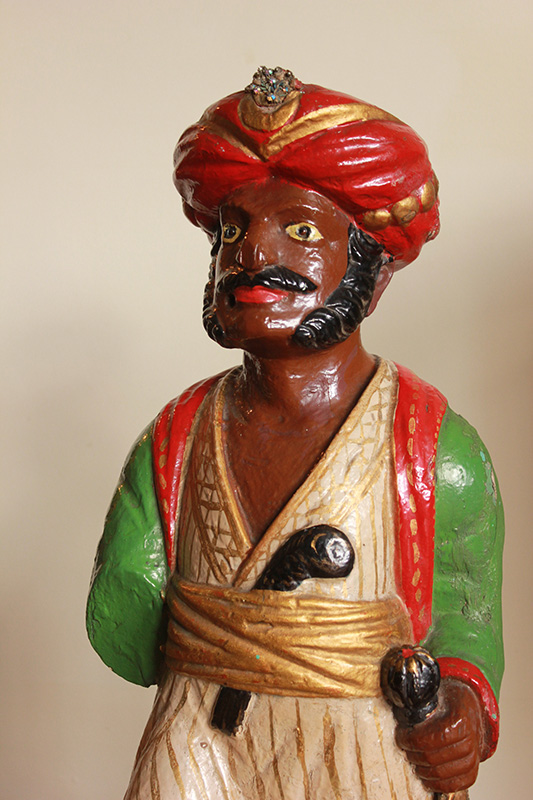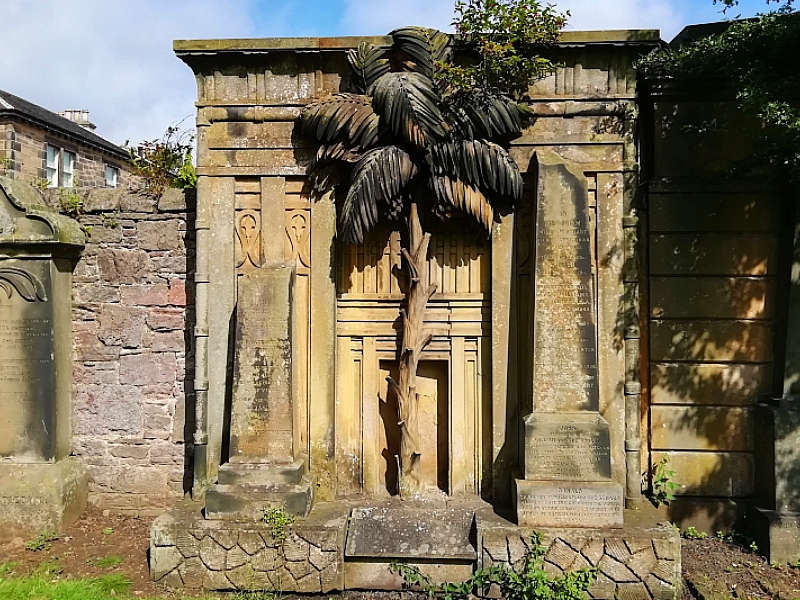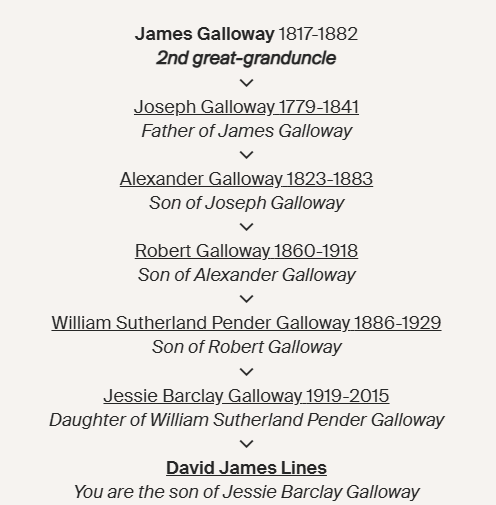
Most of my family history is straightforward, but two of my great-uncles were tobacconists and, as far as I know, the only twins in the family. They were born on 7 September 1817 near Monzie in Perthshire, possibly in Gilmerton. Coincidentally, Gilmerton appears in a photograph of my grandfather marching to Monzie Training Camp.
The transatlantic tobacco trade made a lot of money by exploiting enslaved people in the Americas. Many Scottish merchants and plantation owners took part, and Edinburgh also benefited from the profits of these activities.
The Water of Leith was a hub for snuff and tobacco mills in the 18th and 19th centuries, with a particularly high concentration in the area between Juniper Green and Colinton. The river’s powerful flow drove waterwheels to grind tobacco into powder, which was then sorted into different snuff blends.
The family moved from Perthshire to Edinburgh sometime between 1817 and 1823, settling on Lauriston Street in the Tollcross area. James and William had three more brothers and two sisters. James ran his tobacconist shop at 80 Potterrow, where he lived with his wife, Catherine, and their five children.
He died on 18 April 1882 and is buried in The Grange Cemetery. The Grange Cemetery is
a historic Victorian-era cemetery in Edinburgh, Scotland. Designed by architect David Bryce, it was one of several “garden cemeteries” developed in the mid-19th century and opened in 1847.
An ornate mausoleum – not the Galloway’s



Comments are closed